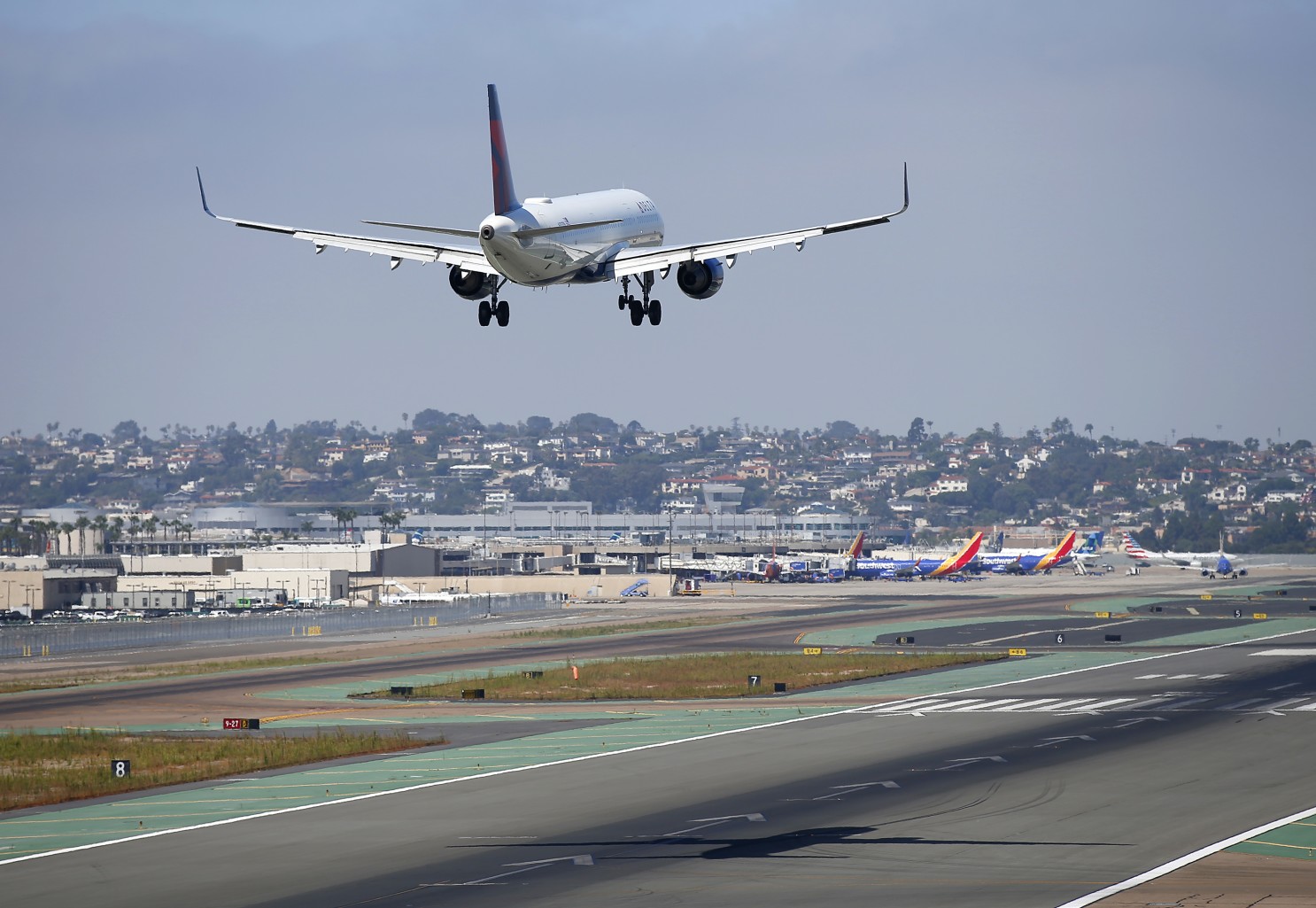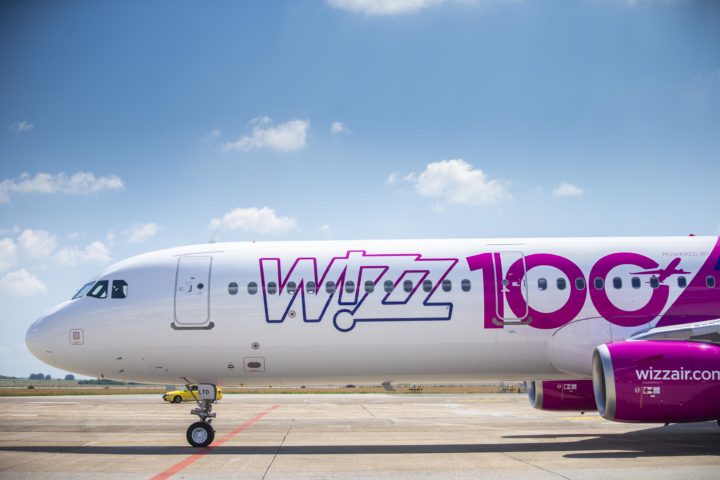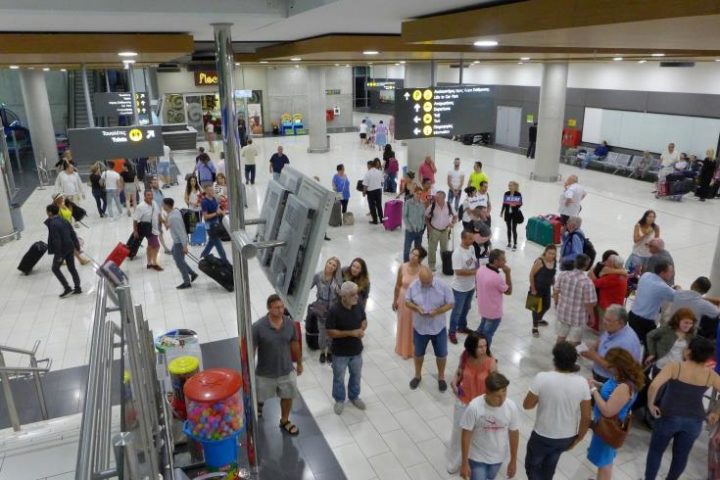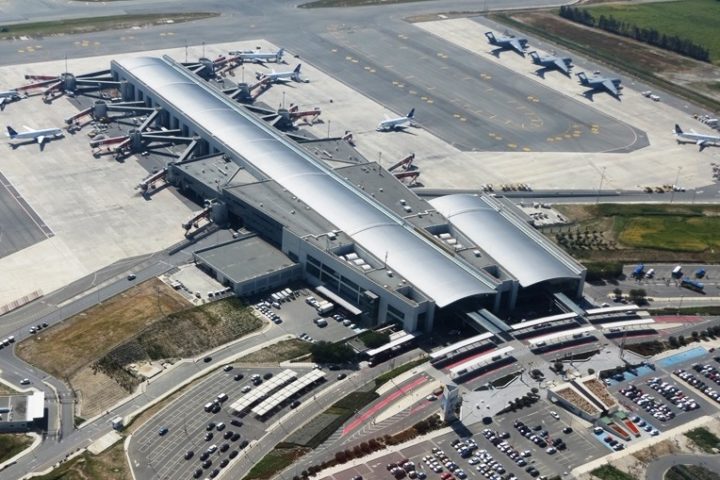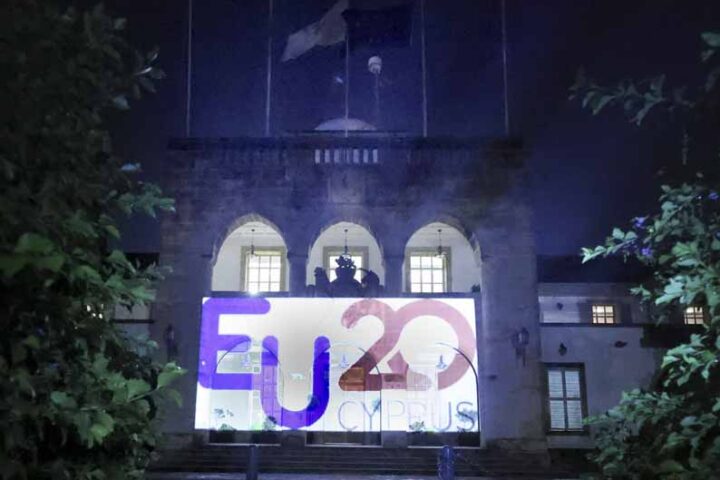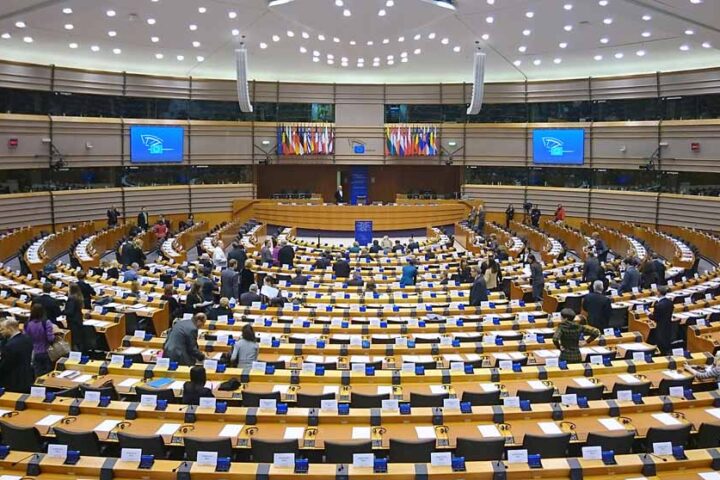Europe’s airports have lost 1.26 billion passengers this year, plunging 62% compared to pre-pandemic (2019) levels, airports association ACI EUROPE reported Monday.
It said EU+ airports stand at -69% this year against 2019, with overall passenger volumes essentially flat compared to last year.
The peak Summer months (Q3) saw a significant improvement at -50% compared to 2019, as travel restrictions eased and the EU Digital Covid Certificate enabled cross-border travel.
UK airports (-71%), Ireland (-68%) and Finland (-78%) underperformed due to a much slower easing of travel restrictions by their governments.
Airports in the rest of Europe achieved a significant recovery at -34% this year against 2019, with passenger volumes up by +70% compared to 2020.
“A closer look at the data shows the pace of the recovery has not yet accelerated across the European airport network – with the first two weeks of October at -41% compared to -43% in September and -41% in August,” said ACI Europe.
UPDATED FORECAST
“The updated forecast released by ACI EUROPE shows the passenger traffic recovery gathering pace in the coming months and into 2022, thanks to the re-opening of the transatlantic market to European travellers and a progressive easing of travel restrictions on other long-haul markets – in particular in Asia.”
ACI EUROPE sees passenger traffic at Europe’s airports improving from an estimated -60% this year to -32% in 2022 compared to pre-pandemic (2019) volumes.
“A full recovery will be achieved only in 2025 (+1%).”
Olivier Jankovec, Director General of ACI EUROPE, said: “Fully restoring unconstrained global travel remains a long way off and looks set to be an uneven and volatile process – conditioned by further progress on vaccination and the evolution of the epidemiological situation.
“The level of pent-up demand is staggering, fuelled by the savings accumulated by consumers through this pandemic. But there are also significant supply pressures that will slow down the pace of the recovery.
“These include structurally downsized airlines with significant reductions in their aircraft fleet and workforce, rising fuel costs and inflationary pressures, the lasting impact of airport slot waivers and the fact that capacity disciplined airlines will be exercising pricing power”.
AIR CONNECTIVITY
The 2021 Airport Industry Connectivity Report released by ACI EUROPE reveals air connectivity levels still markedly degraded.
“While direct connectivity out of Europe’s airports now stands at -36% compared to pre-pandemic levels, hub connectivity is still down by -67% due to most intercontinental markets remaining subject to tight travel restrictions.”
As with passenger traffic, EU+ airports underperform the European average for both indicators.
Their direct connectivity stands at -39% and hub connectivity at -71%, while airports in the rest of Europe have achieved -20% and -51%, respectively.
The report shows that smaller and regional airports have recovered their direct connectivity faster than others – reflecting the recovery has been predominantly driven by intra-European and domestic leisure traffic and Low Cost Carriers (LCCs).
As a result, the share of direct connectivity provided by LCCs at Europe’s airports has increased from 34% in 2019 to 39% this year.
“The direct connectivity offered by LCCs is only -10% lower than 2019 levels at smaller and regional airports, but -32% lower at the larger airports.
Meanwhile, the direct connectivity offered by Full Service Carriers (FSC) is -32% lower than 2019 levels at smaller and regional airports and -42% at larger airports.
The Top 20 global hub connectivity league shows that, unlike European airports, US airports have recovered the bulk of their pre-pandemic (2019) hub connectivity – thanks to their reliance on a vast and unconstrained domestic market.
Dallas, Fort Worth and Denver are leading the global ranking this year, having recovered respectively 69% and 90% of their hub connectivity.
Frankfurt, Atlanta and Amsterdam-Schiphol follow them.
Istanbul comes sixth, Paris-CDG 10th and Doha 11th – the only Middle Eastern airport in the league – while Munich ranks 17th and London-Heathrow 18th.
Jankovec said: ”This year’s report shows that as we are learning to live with the virus and economies have re-opened, air connectivity is taking time to come back.
“Its recovery is far from uniform, with significant differences between the lead indexes as well as between geographical markets and segments within the airport industry.
“This largely reflects the permanence of travel restrictions and bans on external markets and still not fully aligned travel regimes within Europe.”
“Looking ahead, there is no doubt that Governments’ support to air connectivity and aviation, in general, will be a defining factor.
“Restoring air connectivity must go hand in hand with it becoming more sustainable and also more integrated with other transport modes and urban mobility.”

